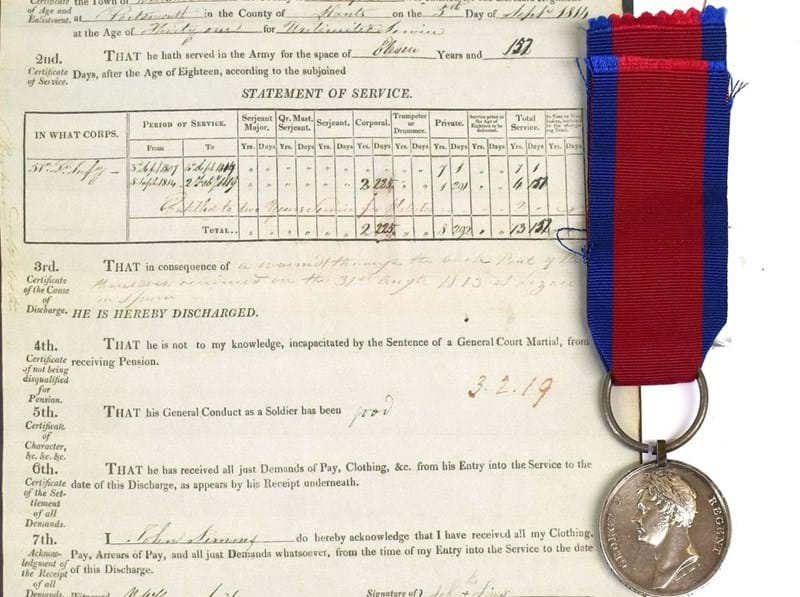Much loved by top interior designers today for the dramatic and vibrant colour they bring to a home, antique Suzani have long been a firm favourite at auction.
Suzani refers to a type of intricate and colourful embroidered textile hailing from Central Asia, including Uzbekistan, Kazakhstan and Tajikistan, and the word itself stems from the Persian for needle – suzan. The region has a long and rich history of textiles, from its roots in the nomadic tribal cultures that made prized woollen cloths to wrap and line their yurts and bundle up their possessions when moving from place to place. Over the centuries, styles and techniques were refined and the earliest recorded Suzani date from the 15th century. Due to their inherently delicate nature, there are precious few surviving from before the late 18th century, and the majority of antique examples that come up for auction date from the mid-19th century onwards. These finely made textiles were made by more settled cultures, with access to fine materials rather than nomadic tribes.
Textiles were central to any home in the region, and the primary form of decoration. When a girl was young, she would be taught embroidery by her mother and grandmother and would spend her younger years making small decorative items for her dowry, to be taken to her new home when she wed. Central to the dowry would be a larger wall hanging or bedcovering, a gift to her new husband. Such large cloths would be composed of strips of cotton or linen, upon which was drawn an intricate pattern by an experienced or professional designer. These strips would then be divided between kinswomen of the young girl, who would spend the years leading up to her marriage carefully embroidering them in rich silks to be joined together in time for the wedding. A division of labour and a testament a family’s skill and status. The embroidery is executed using four different stitches, most prominently the chain stitch.
Central Asia was at the nexus of numerous trading routes, including the famed Silk Road. Here rich traditions merged and there was an abundance of fine fabrics, threads, and vivid dyes along with stylistic influences from numerous ancient cultures and tribes. Suzani designs bring together motifs and icons from these cultures, and whilst some regions have preferred designs, they have been swapped and disseminated across the whole region. The majority of designs are based on floral motifs, particularly irises, tulips and carnations, with fruit such as pomegranates and scrolling leaves and vines. Some astrological motifs can be found too, with stars, moons and suns popular. Each motif carried rich symbolism, wishing the owner protection, fertility and luck in their new marriage.
The best examples of Suzani originate from Uzbekistan, particularly from the region of Bukhara and the city of the same name. Suzani from Bukhara are noted for their strong, dense borders with more delicate scrolling designs in the central field. A good example made in Bukhara in the 19th century is coming up in Tennants Auctioneers’ Summer Fine Sale, in which you can see the subtly varying colours and techniques used on each of the strips.













